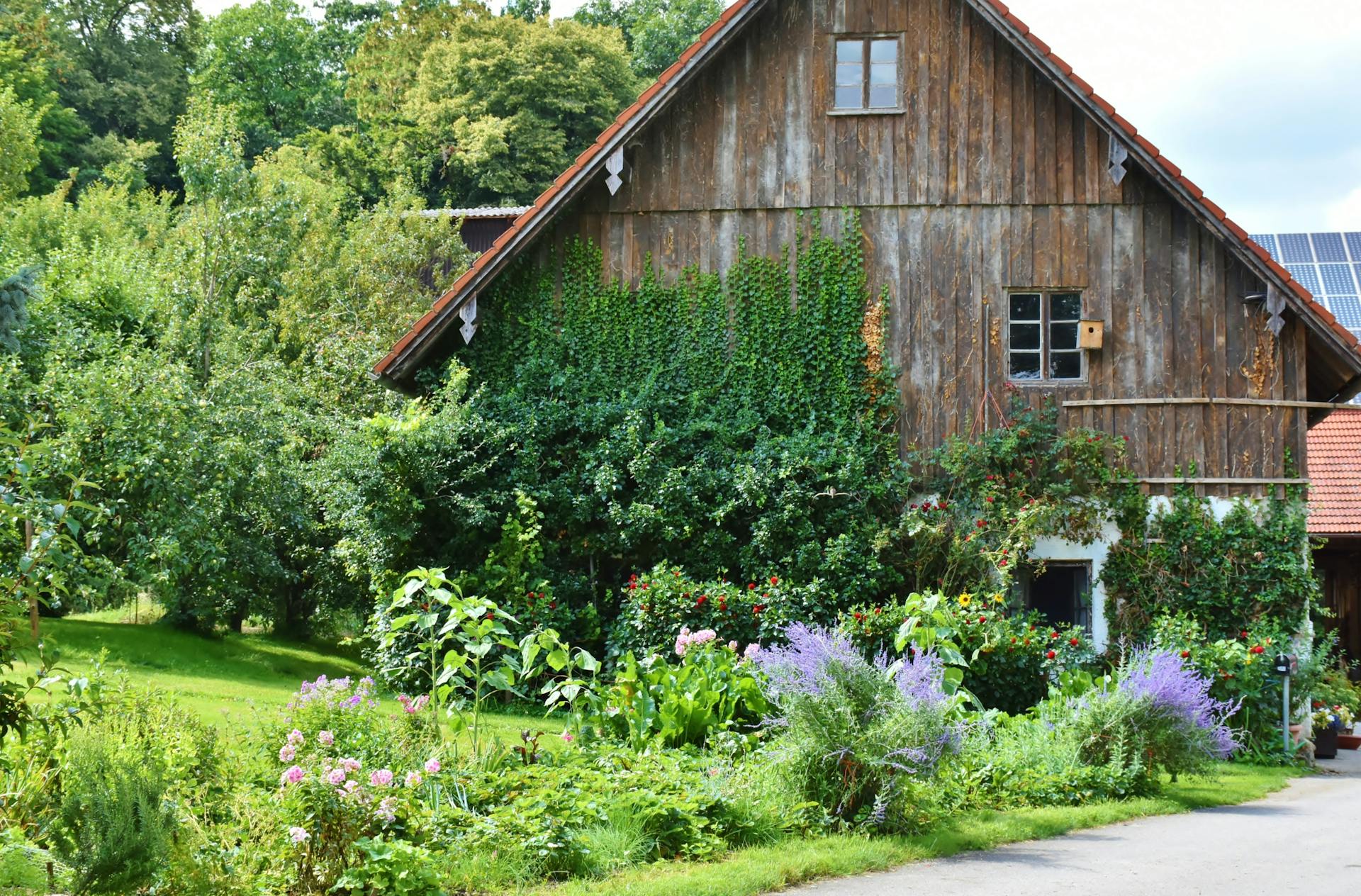
The summer months are a wonderful time to enjoy your garden, but the warmer weather can also present challenges for garden maintenance. High temperatures and increased sun exposure can stress plants and damage outdoor furniture.
To keep your garden looking its best and ensure a safe play area for children, it’s essential to adopt effective maintenance practices. From choosing durable play equipment to managing water use wisely, these tips will help you maintain a beautiful and functional garden all summer long.
Selecting Durable Play Equipment For Kids
A well-maintained garden provides the perfect backdrop for children to play and explore. One way to upgrade your outdoor space for summer is by purchasing play equipment to create a fun and engaging space for children.
However, outdoor play equipment often requires regular maintenance to keep it safe and functional. To make your garden easier to maintain this summer, it is important to select durable structures that are built to last.
Kids can enjoy a range of playground equipment this summer such as trampolines, swings, climbing frames and more, so selecting the right equipment can be crucial to cut garden maintenance to a minimum.
For example, investing in a high-quality climbing frame means choosing materials and construction designed to last. It is important to look for a structure made from treated timber, which plays a crucial role in reducing the risk of rot and infestation. This not only makes maintenance easier but also ensures safety for your children.
Protecting Your Garden Structures with Heat-Resistant Paint
During the summer, garden structures and furniture are exposed to intense sunlight and high temperatures, which can cause fading, cracking, and other damage. Using heat-resistant paint is an effective way to protect your outdoor items from the harsh summer elements. This type of paint is specially formulated to withstand high temperatures, ensuring that your garden furniture remains vibrant and intact throughout the season.
Applying heat-resistant paint is straightforward, but there are some tips to ensure you get the best results:
- Make sure to clean the surfaces thoroughly to remove dirt and old paint. Lightly sanding the surface can also help the paint adhere better.
- When applying the paint, use a brush or roller suitable for outdoor use, and apply at least two coats for maximum protection.
- Ensure you paint on a dry, mild day to allow the paint to cure properly and avoid issues caused by humidity or rain.
Optimal Timing for Watering Your Plants
Watering your plants at the right times is crucial for conserving water and ensuring their health, especially during the summer. It’s best practice to water your garden early in the morning or late in the evening. This timing reduces water evaporation, allowing plants to absorb moisture more effectively.
Consider using soaker hoses or drip irrigation systems, which deliver water directly to the plant roots with minimal waste. These systems are particularly effective during the summer, as they provide a consistent moisture level without overwatering. Mulching around your plants can also help retain moisture and keep the soil cool, further enhancing water efficiency.
Protect Your Garden Furniture With Shade
Sun exposure can cause significant damage to garden furniture, leading to fading, warping and overall deterioration. To preserve the appearance of your outdoor pieces, it’s essential to provide adequate shade. Using parasols, shade sails or even natural shade from trees can help protect your furniture from sun damage. These solutions not only prevent sun damage but also help to improve your outdoor space, creating a cooler outdoor seating area.
There are several types of shade solutions to consider:
- Parasol umbrellas are versatile and can be easily moved to different spots in the garden.
- Shade sails offer a more permanent solution and can be custom-fitted to your space.
- Trees and large plants can also provide natural shade, adding to the aesthetic appeal of your garden while protecting your furniture.
Regularly inspecting and adjusting your shade structures will ensure they continue to offer the best protection. Look for signs of wear and tear, such as fraying fabric or loose fittings, and make necessary repairs promptly.
Managing a Compost Bin for Summer
Running a compost bin is an excellent way to recycle garden waste and enrich your soil, especially during the summer months. To set up a compost bin, choose a shaded spot in your garden to keep it from drying out too quickly. Start by layering green materials like grass clippings and vegetable scraps with brown materials such as dried leaves and cardboard.
Maintaining the right balance of greens and browns is crucial for efficient composting. It is important to turn the compost regularly to aerate it and speed up the decomposition process. Continuously adding a variety of materials will ensure your compost remains active therefore enhancing your garden’s vitality all summer long.
